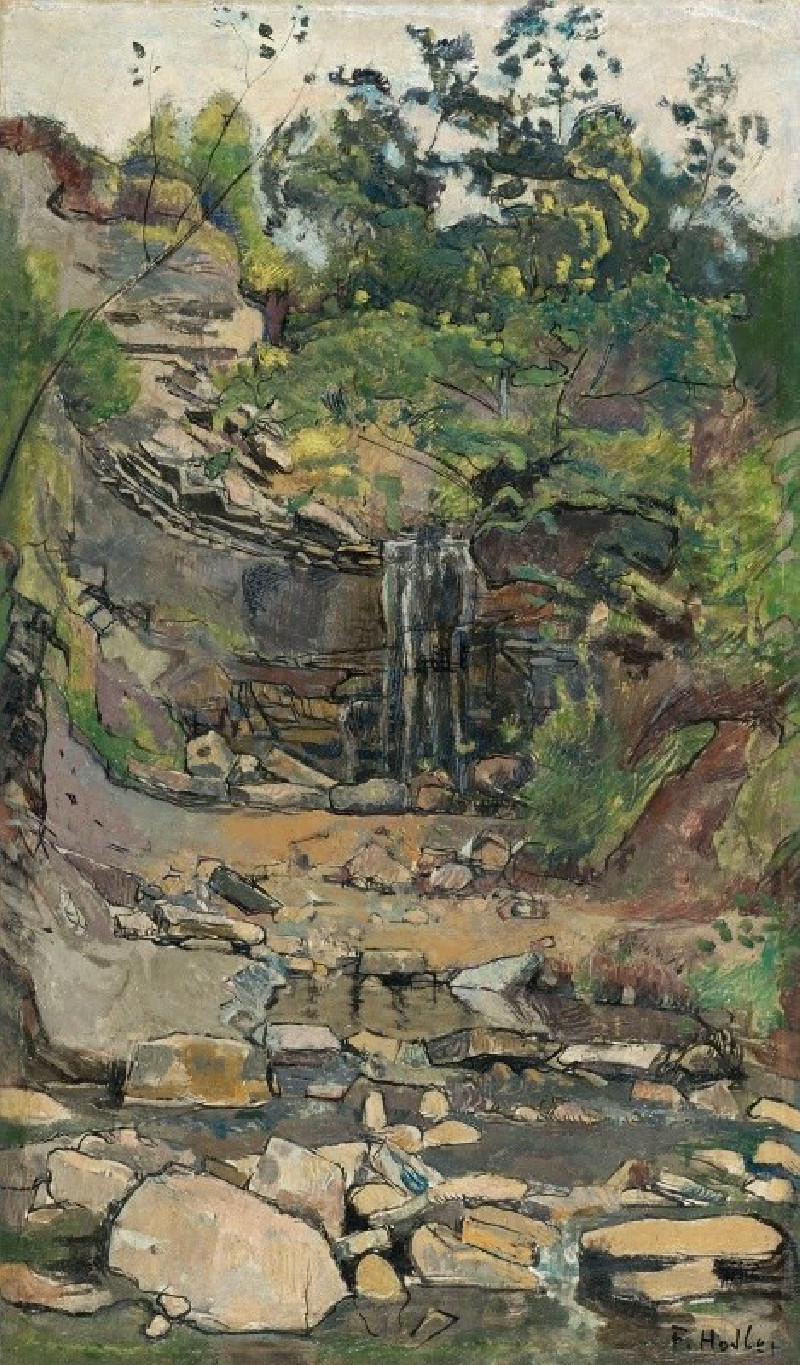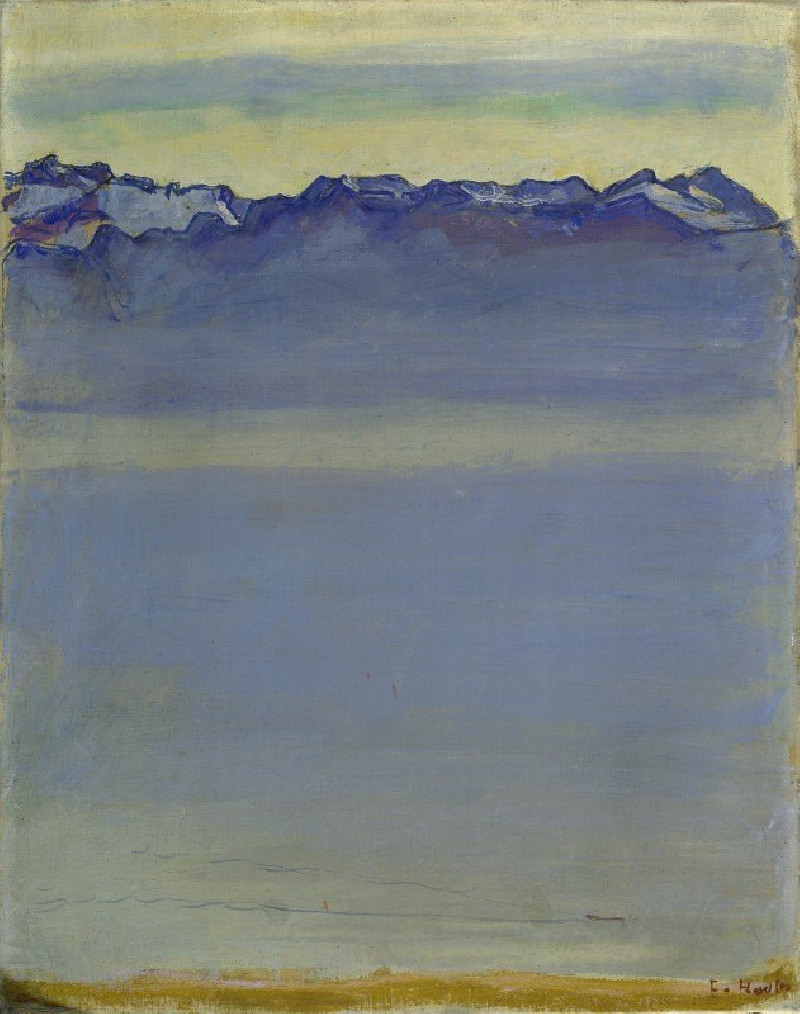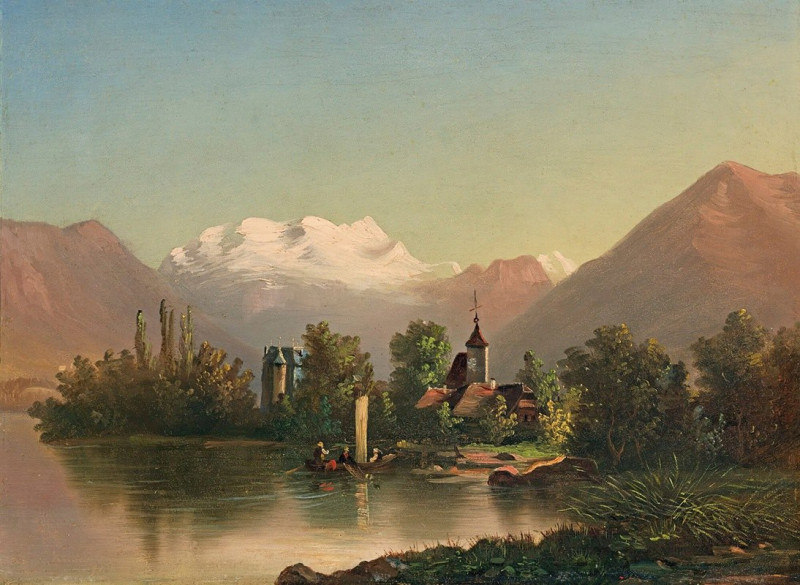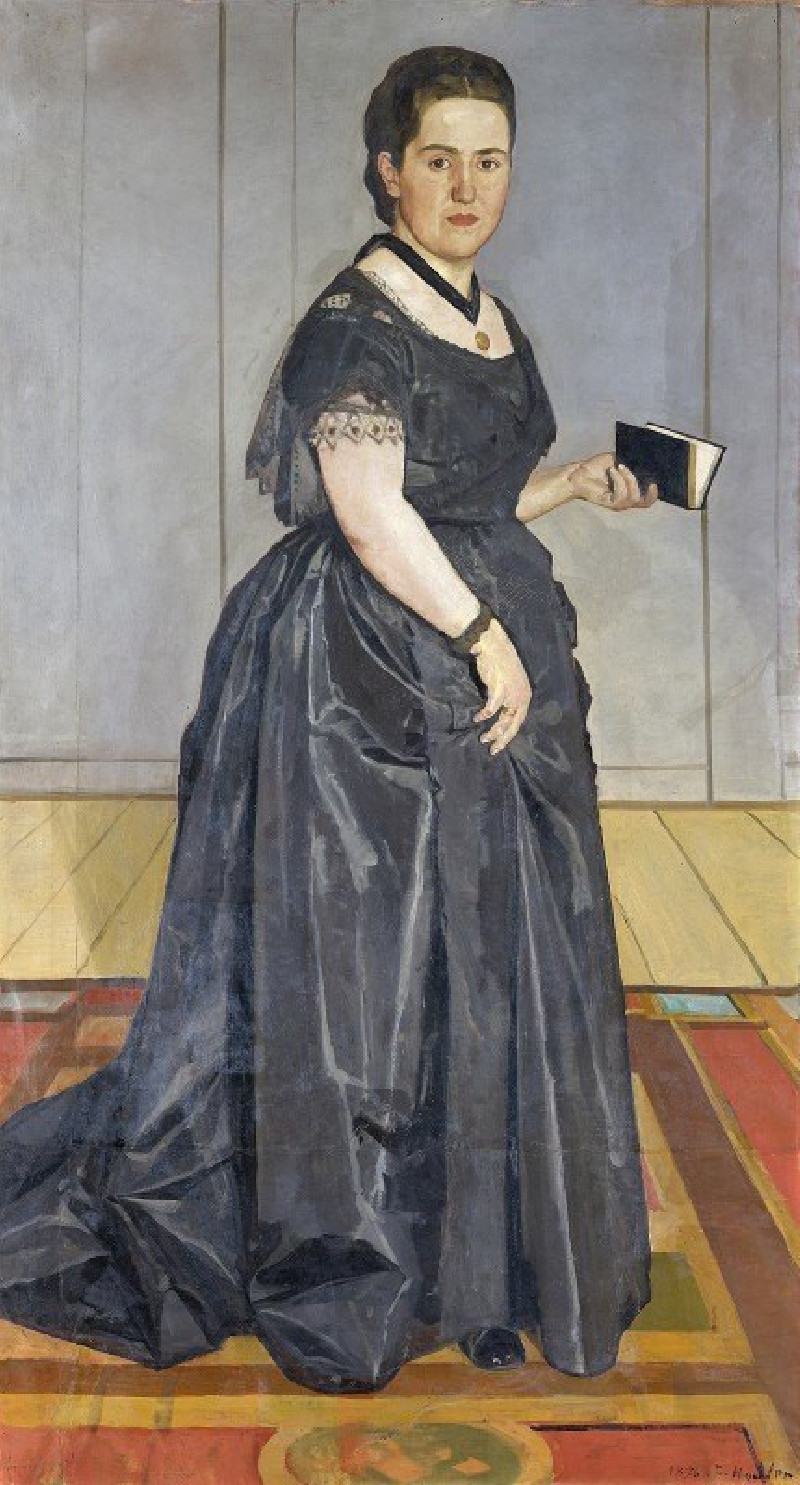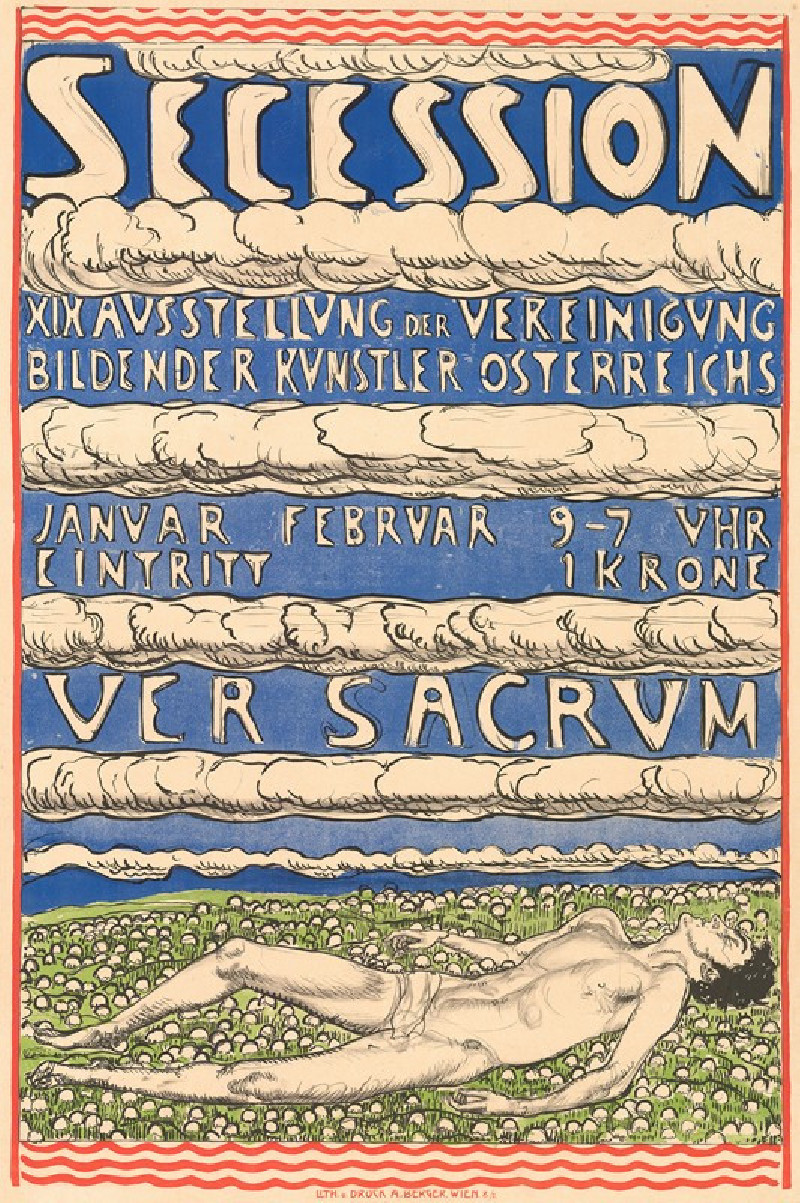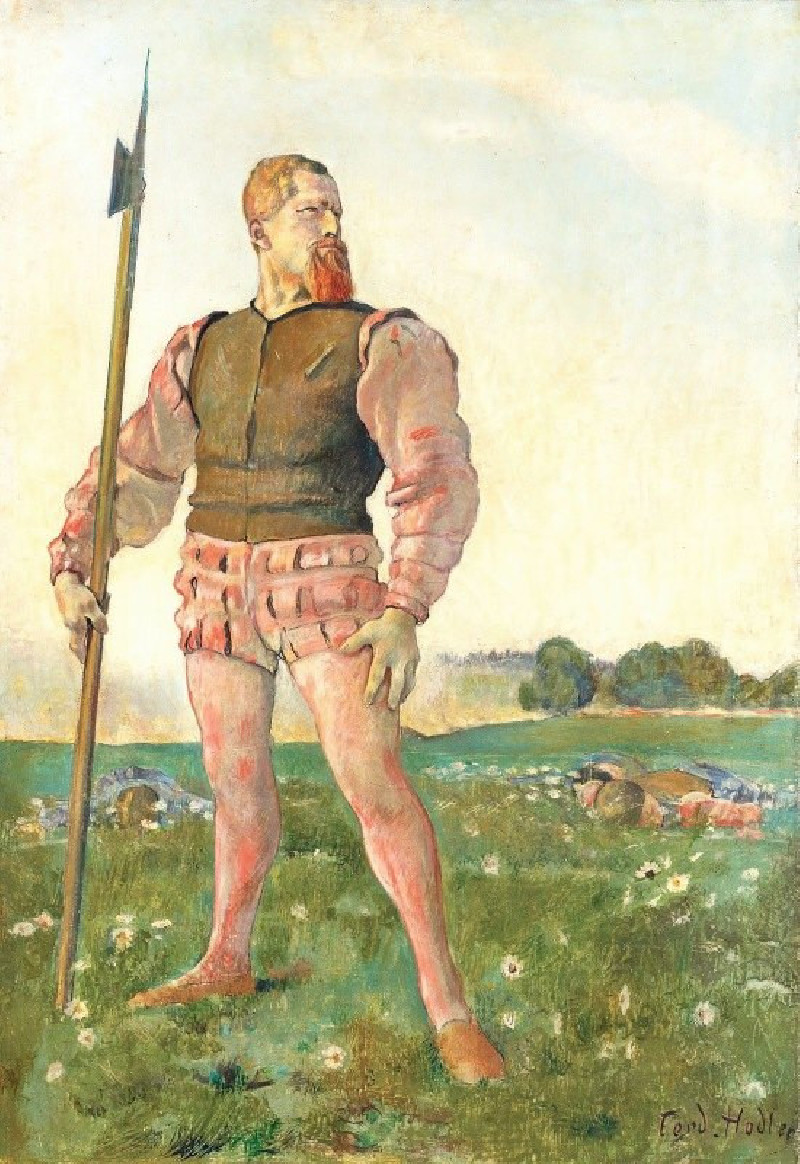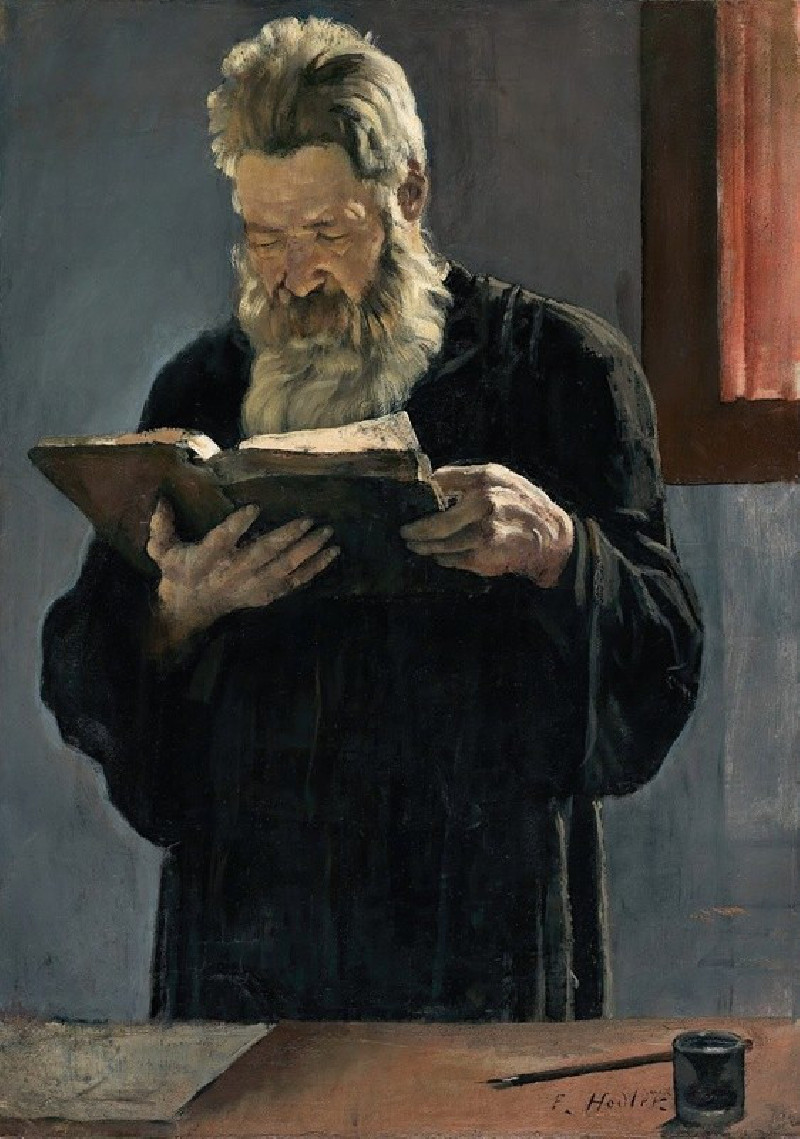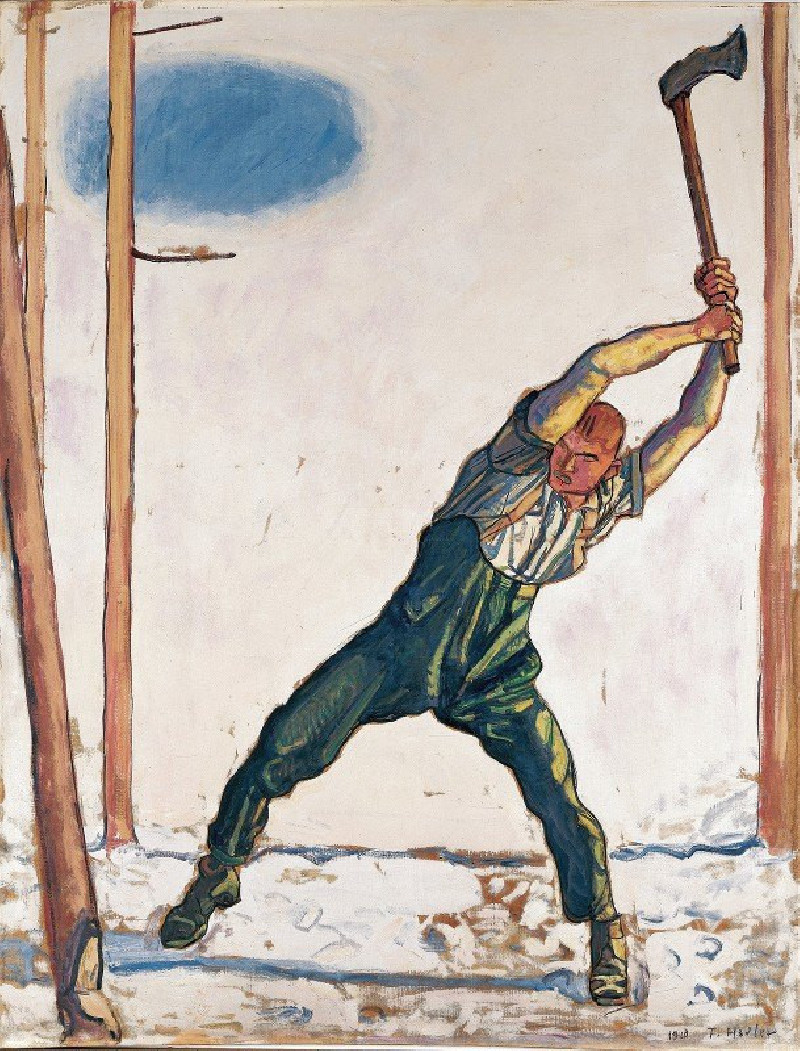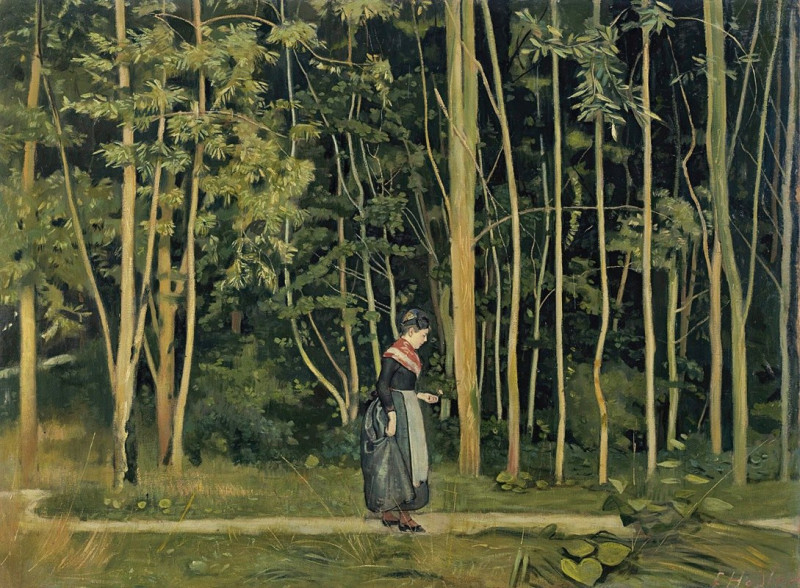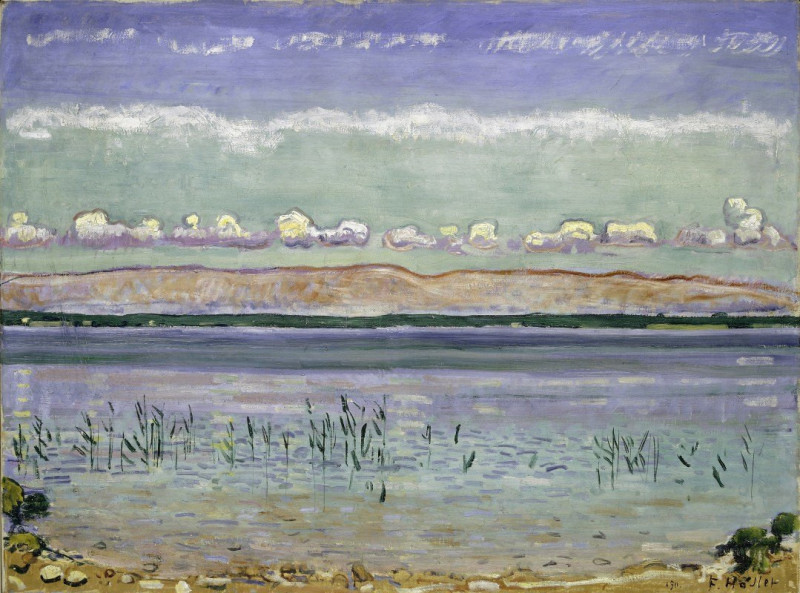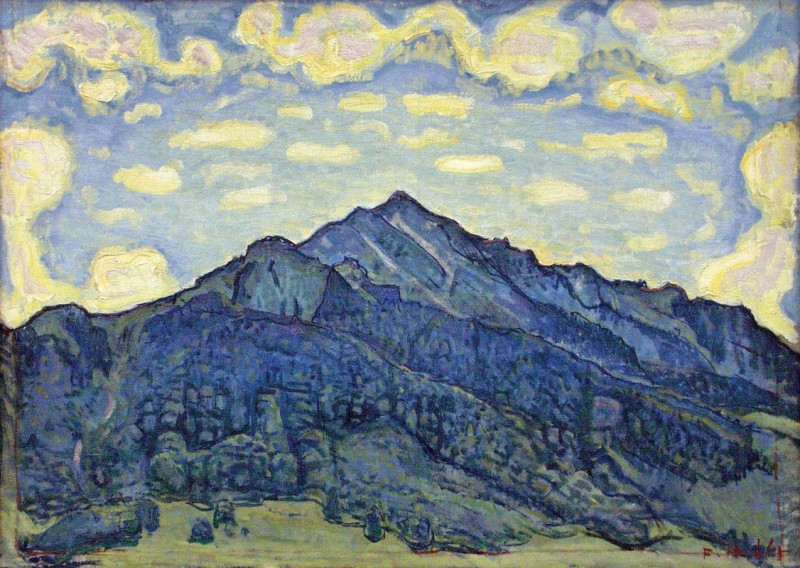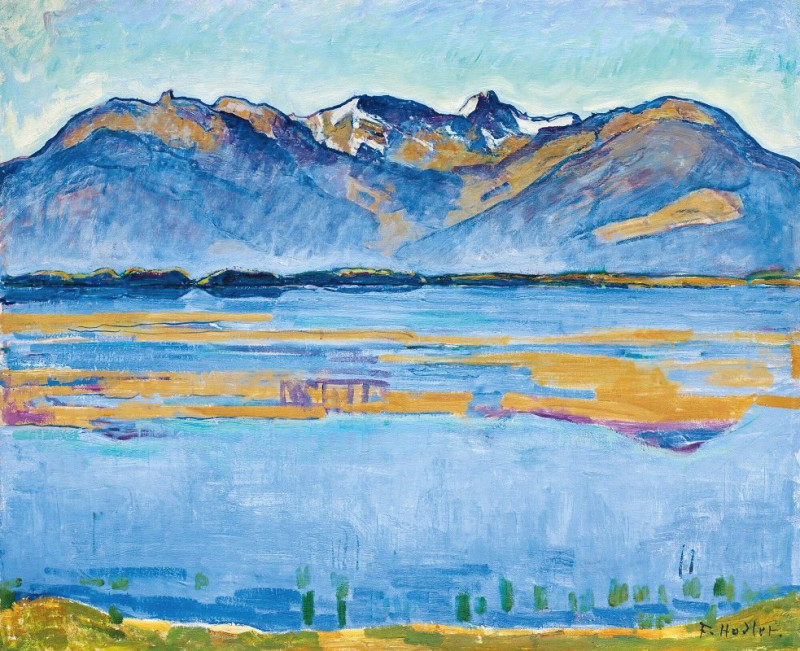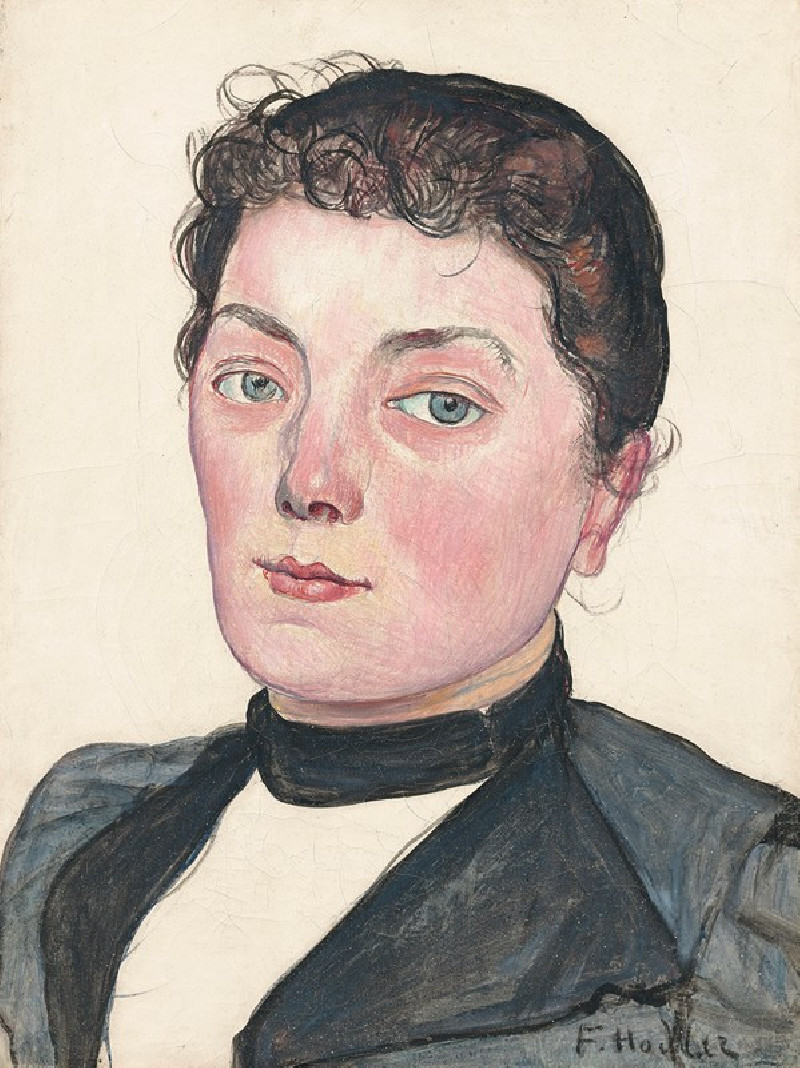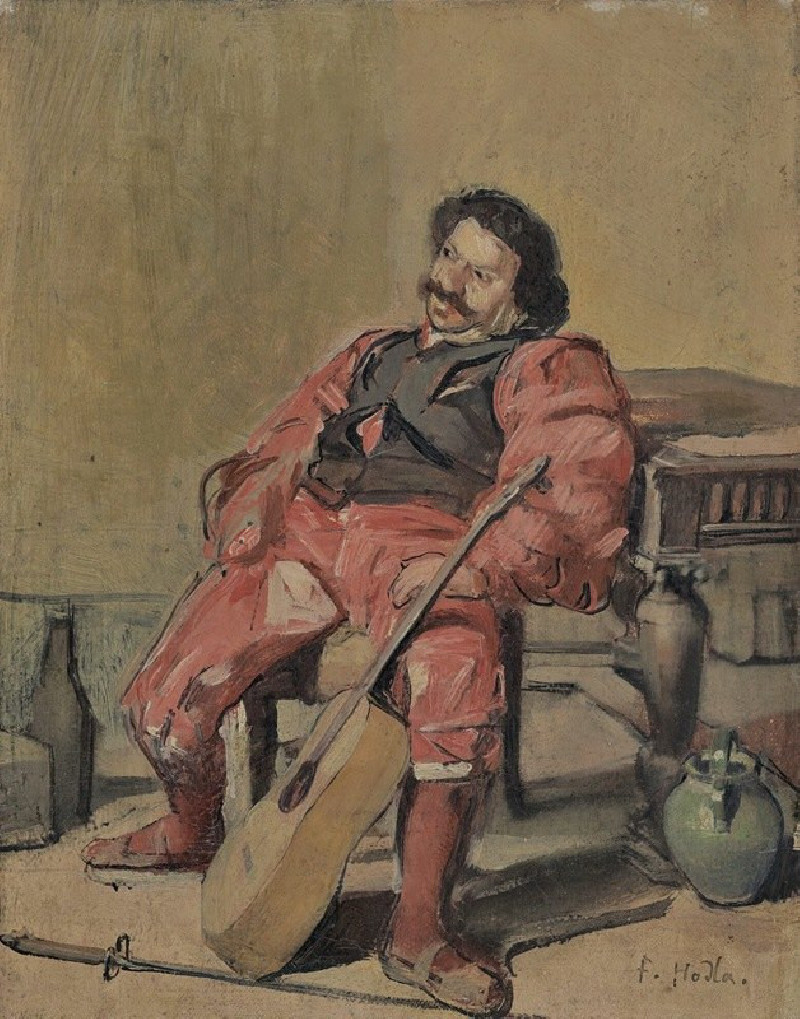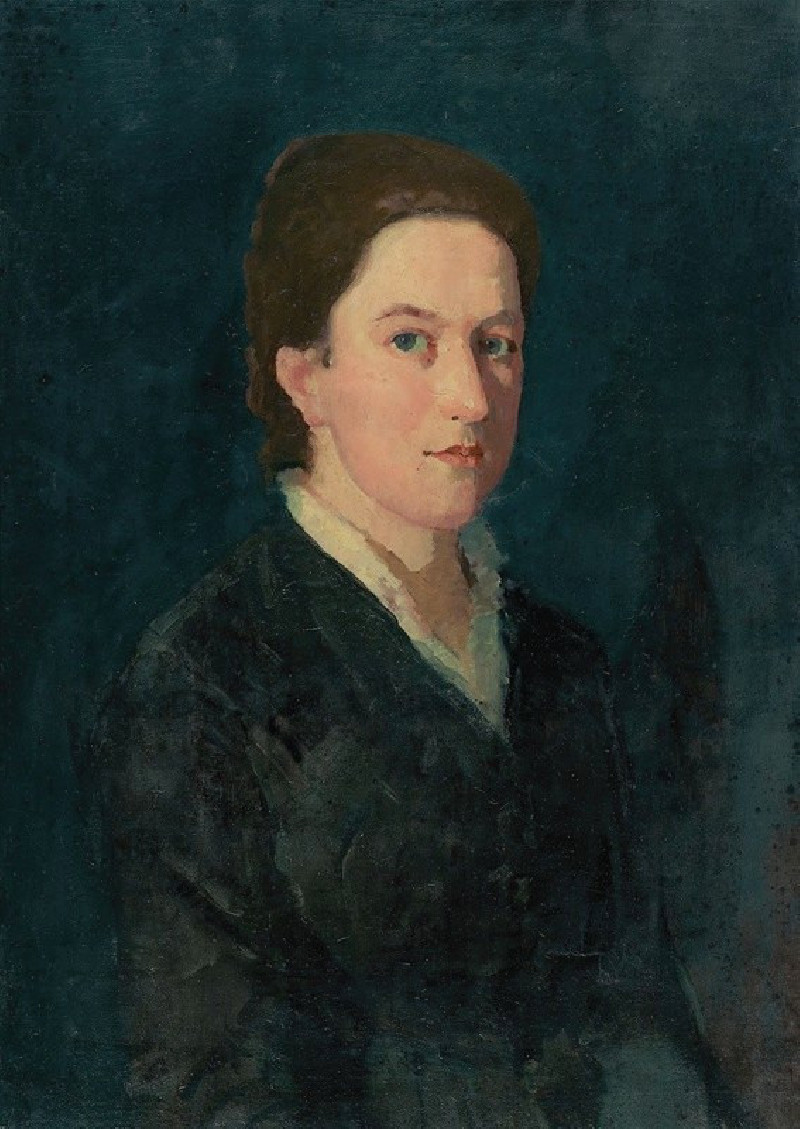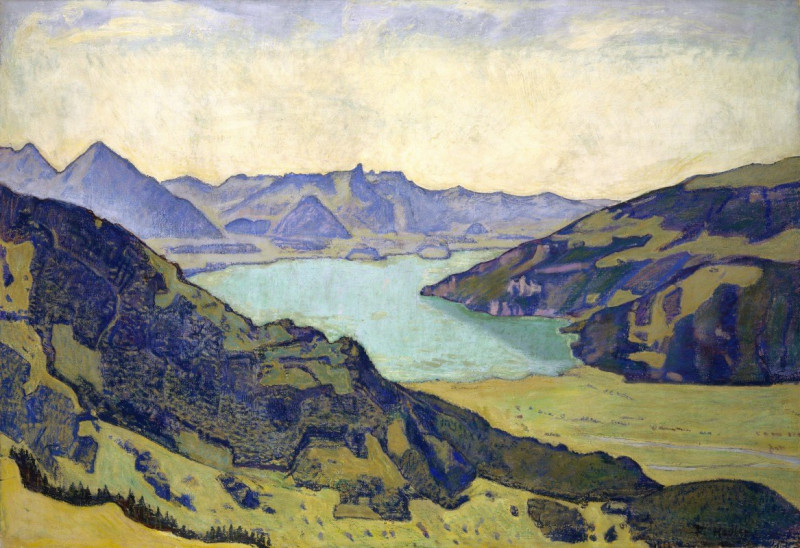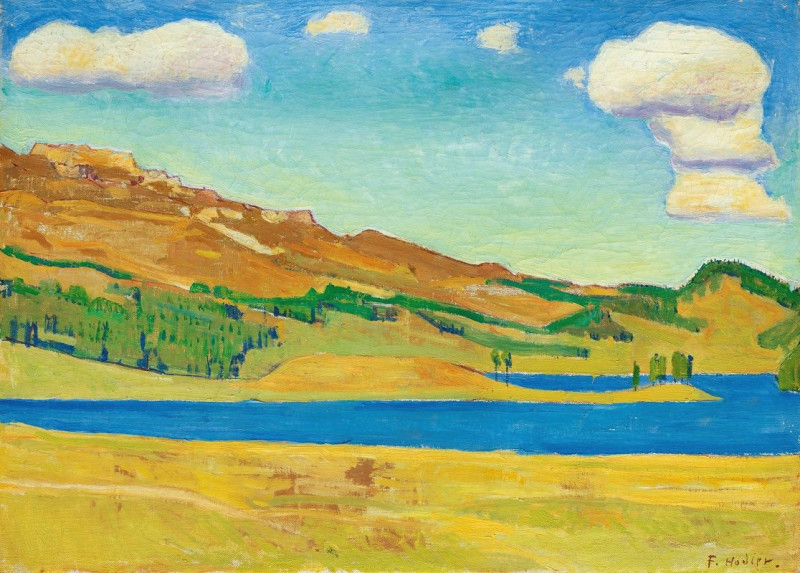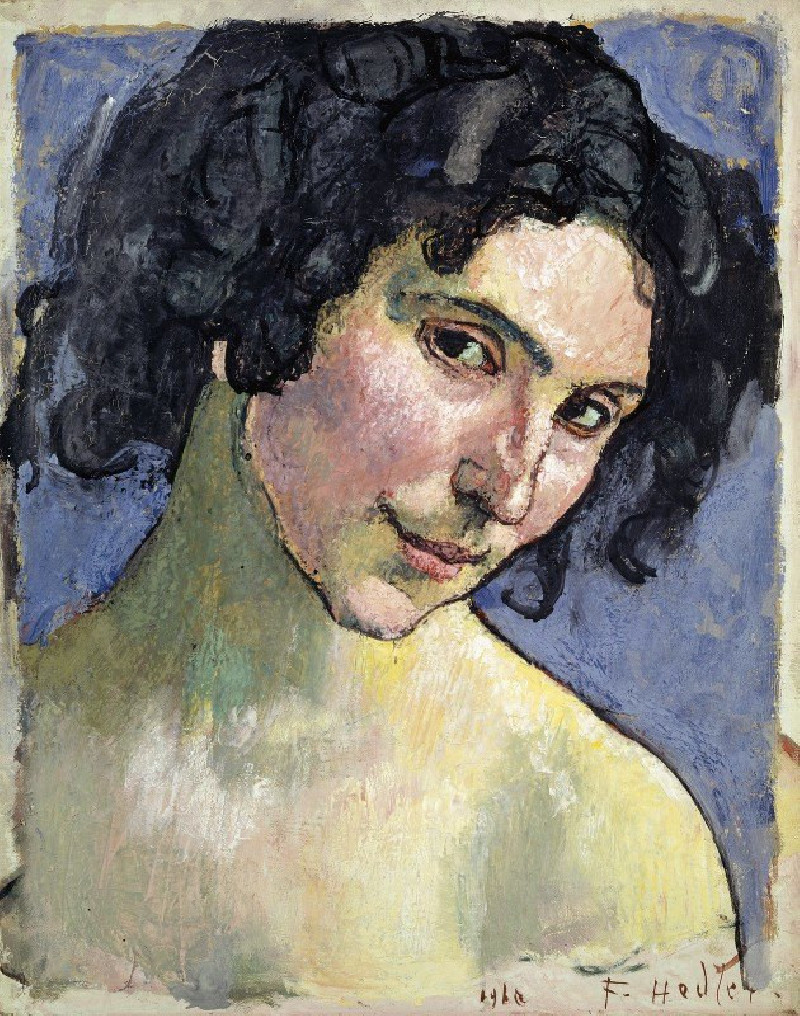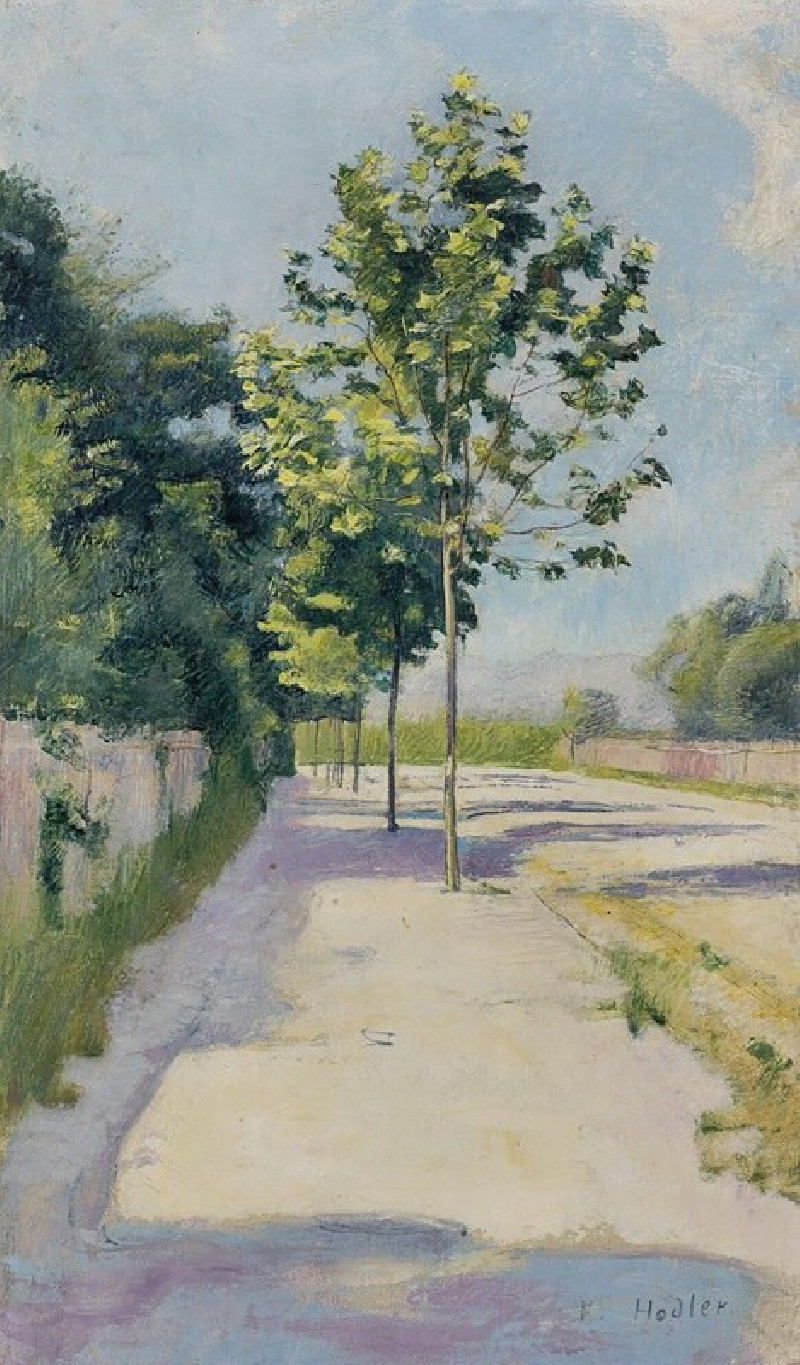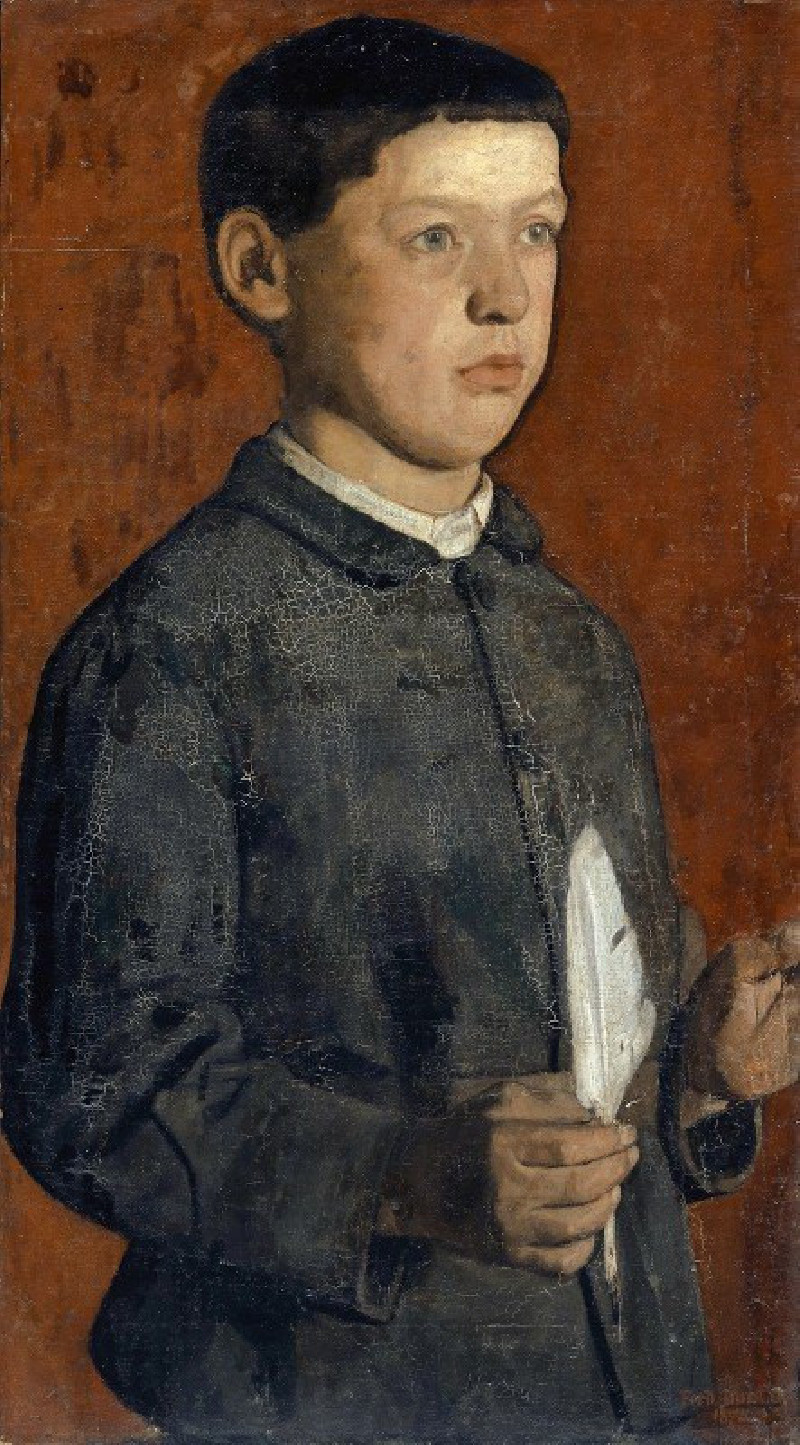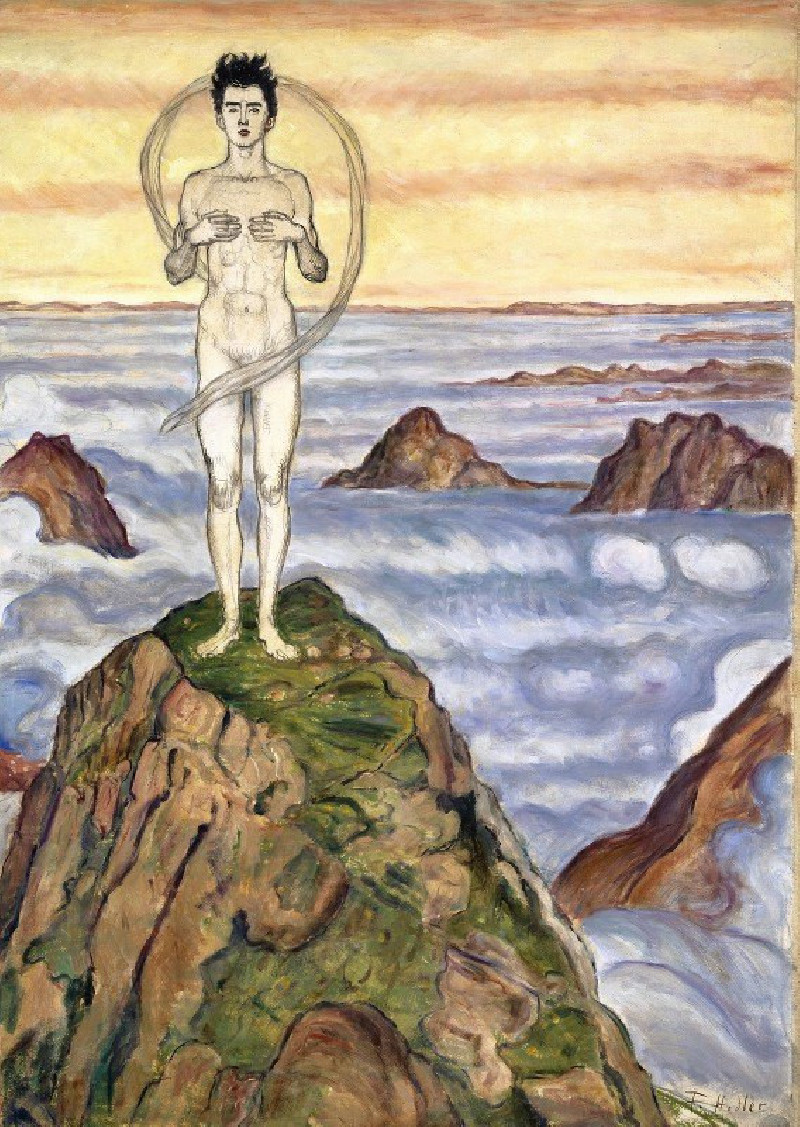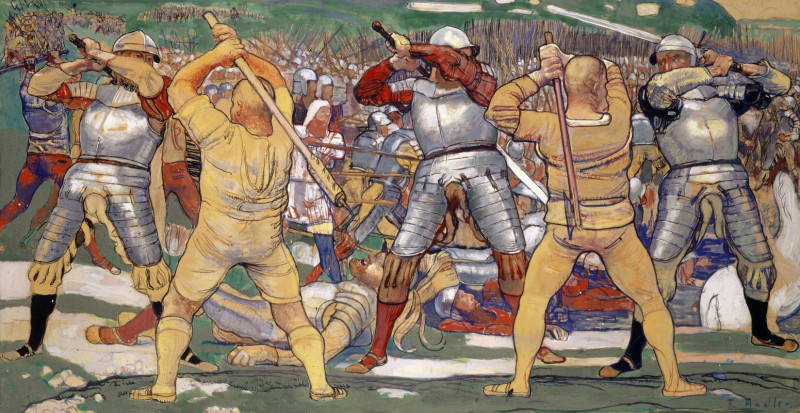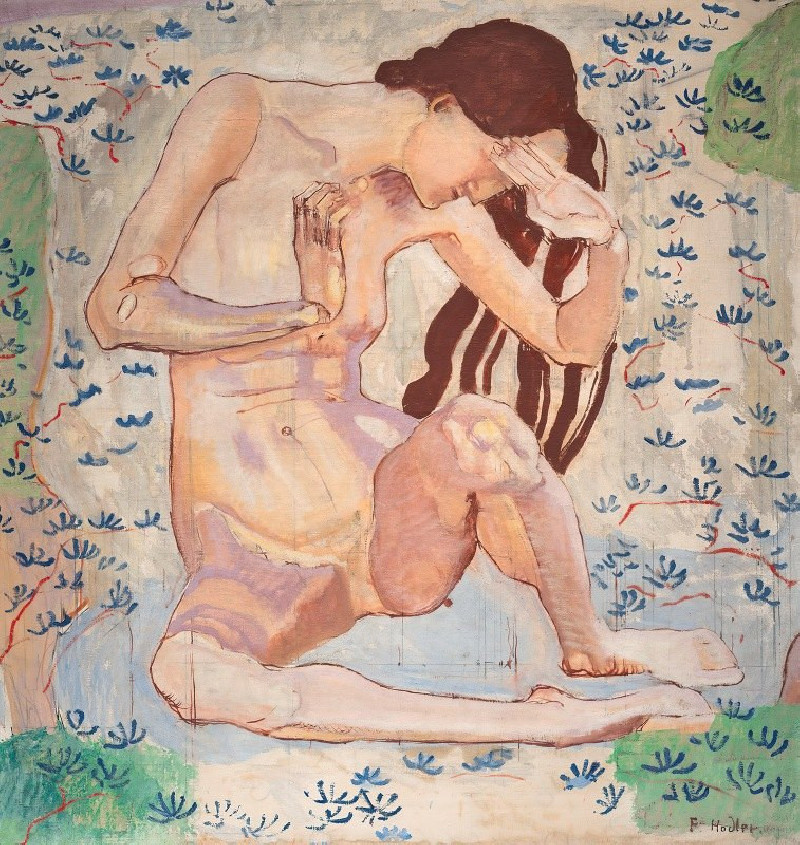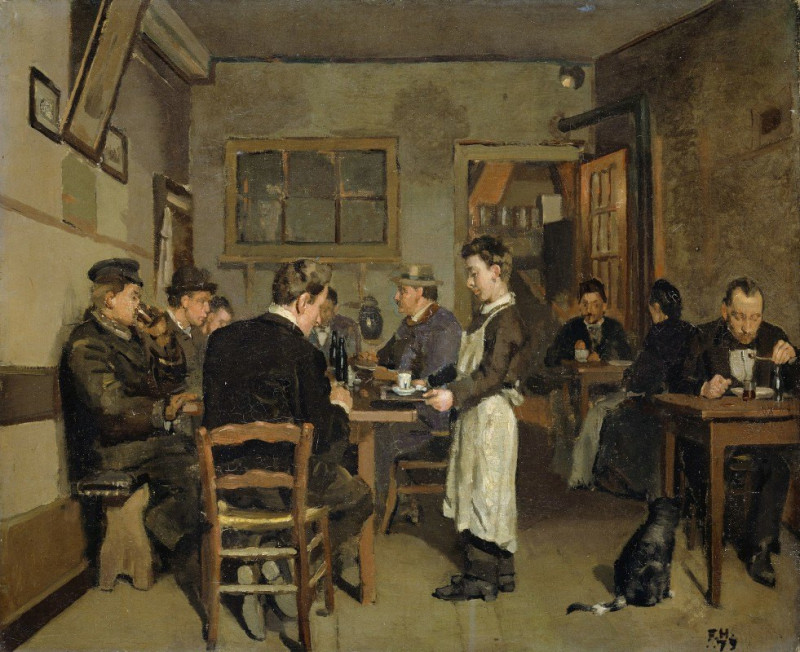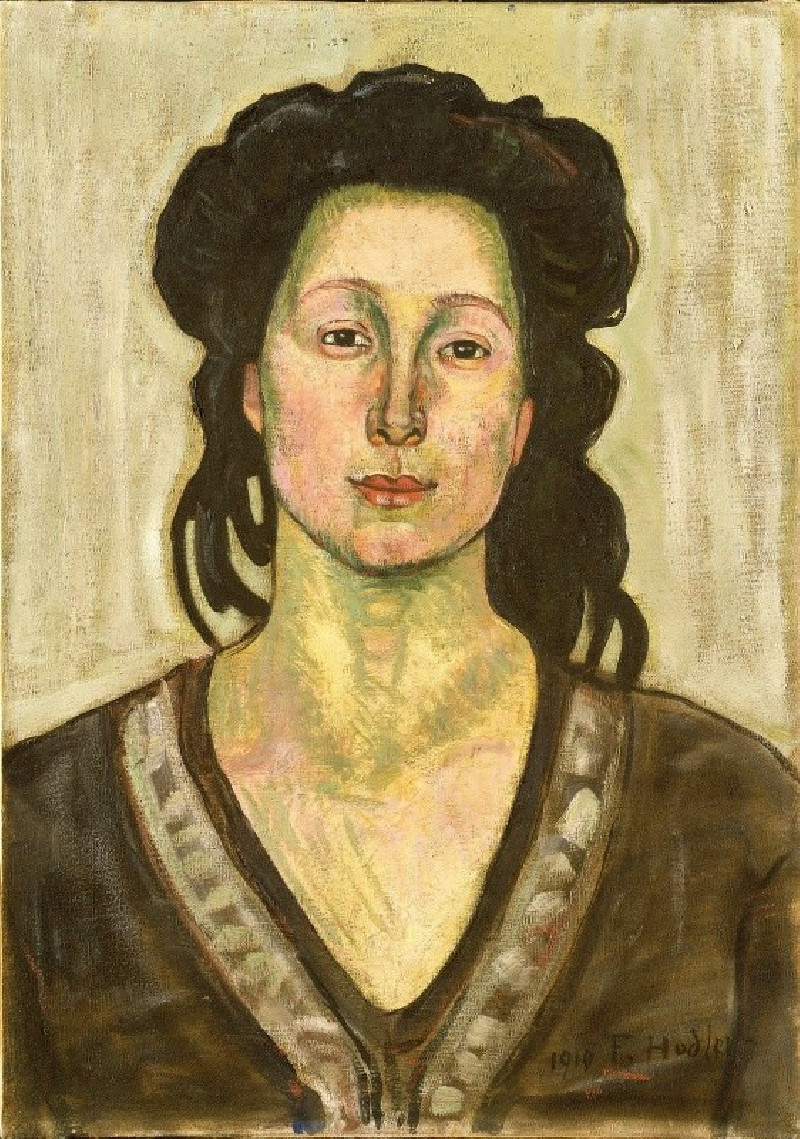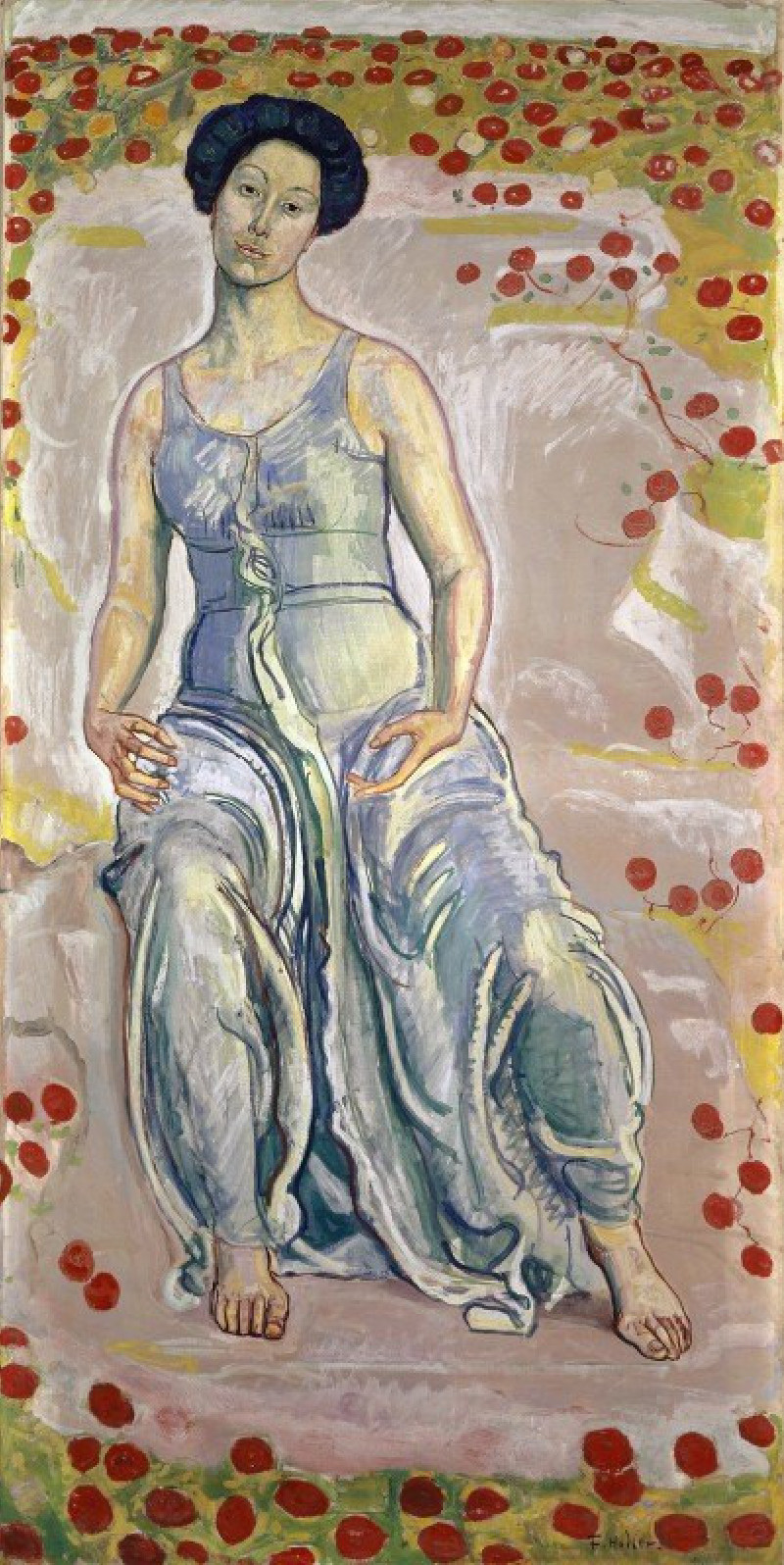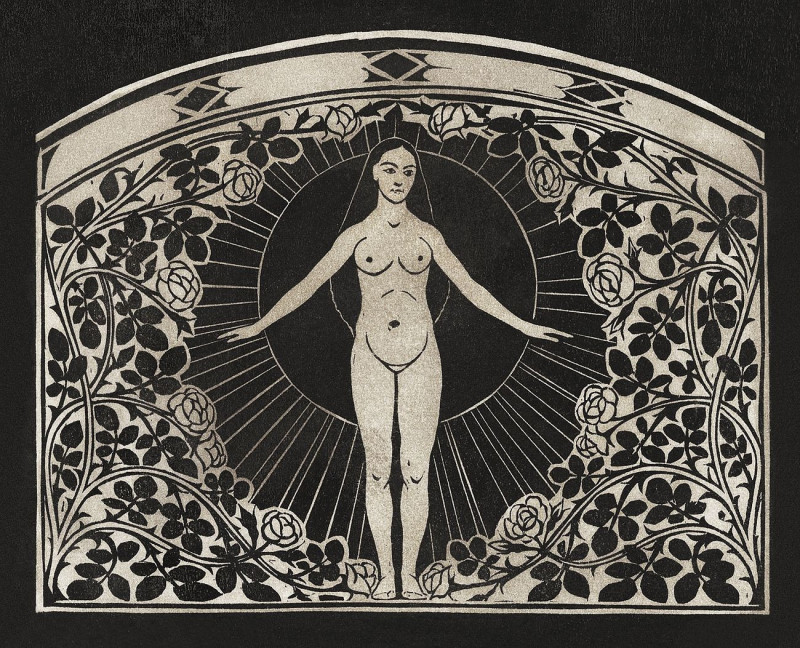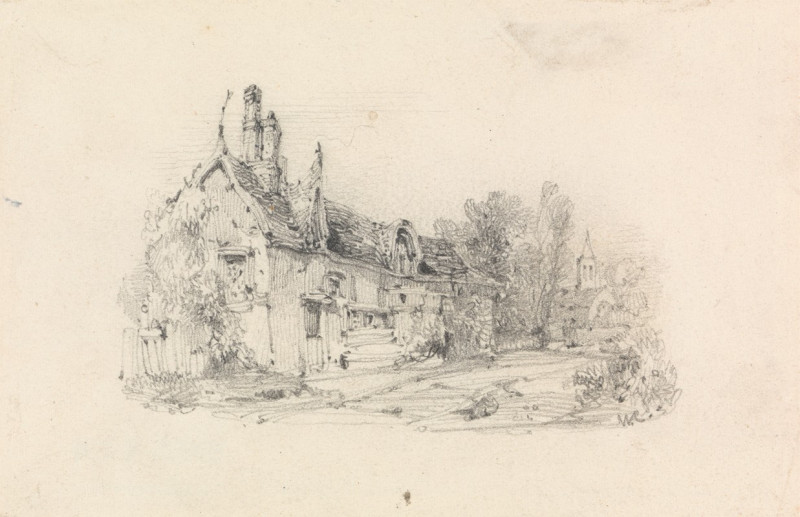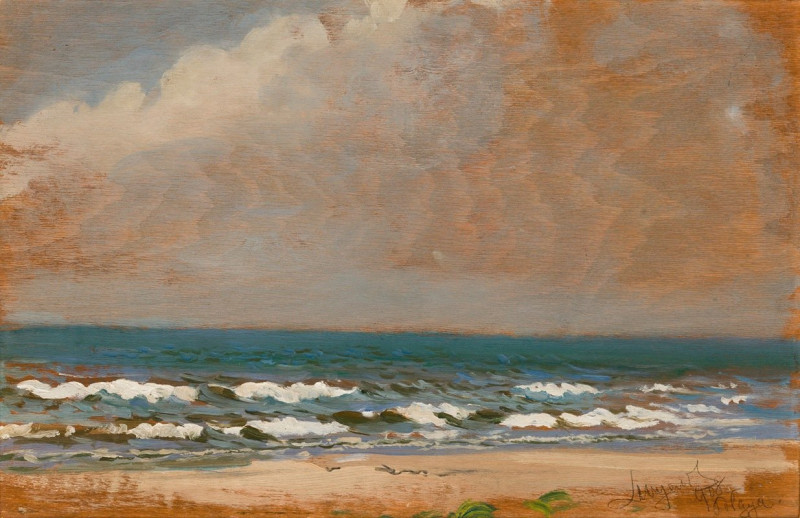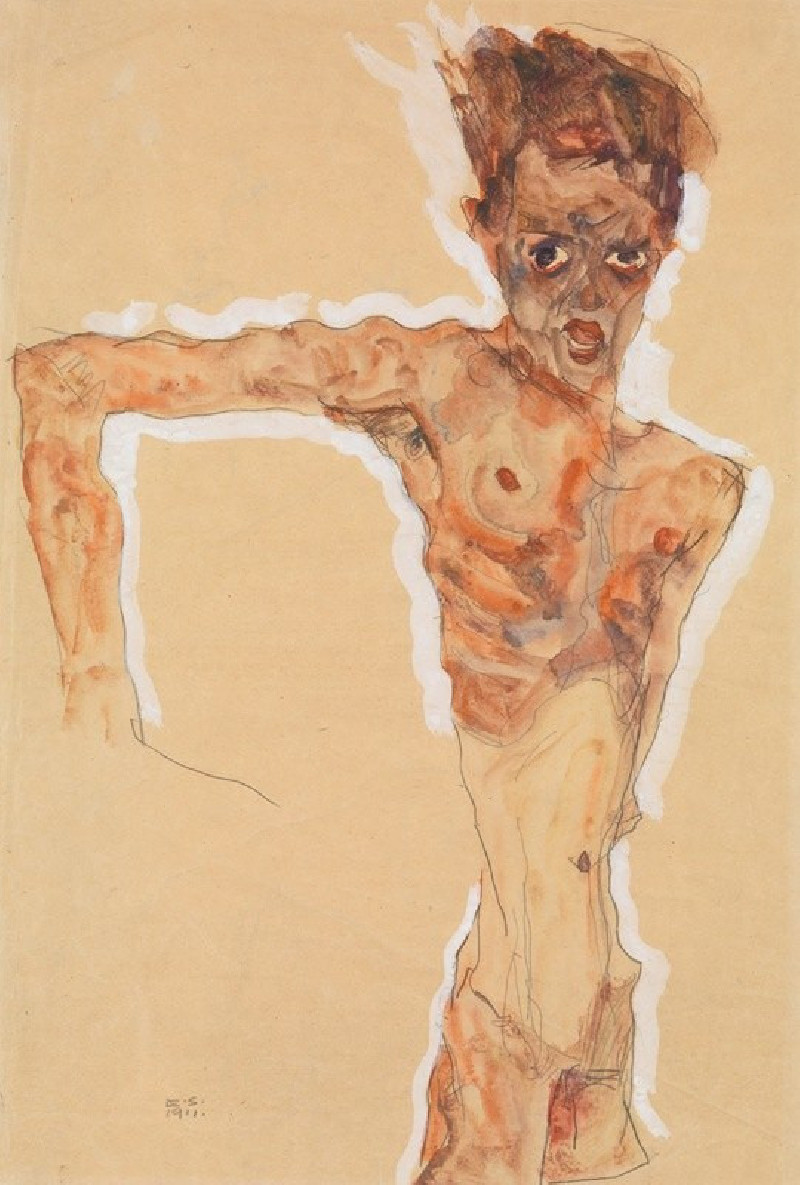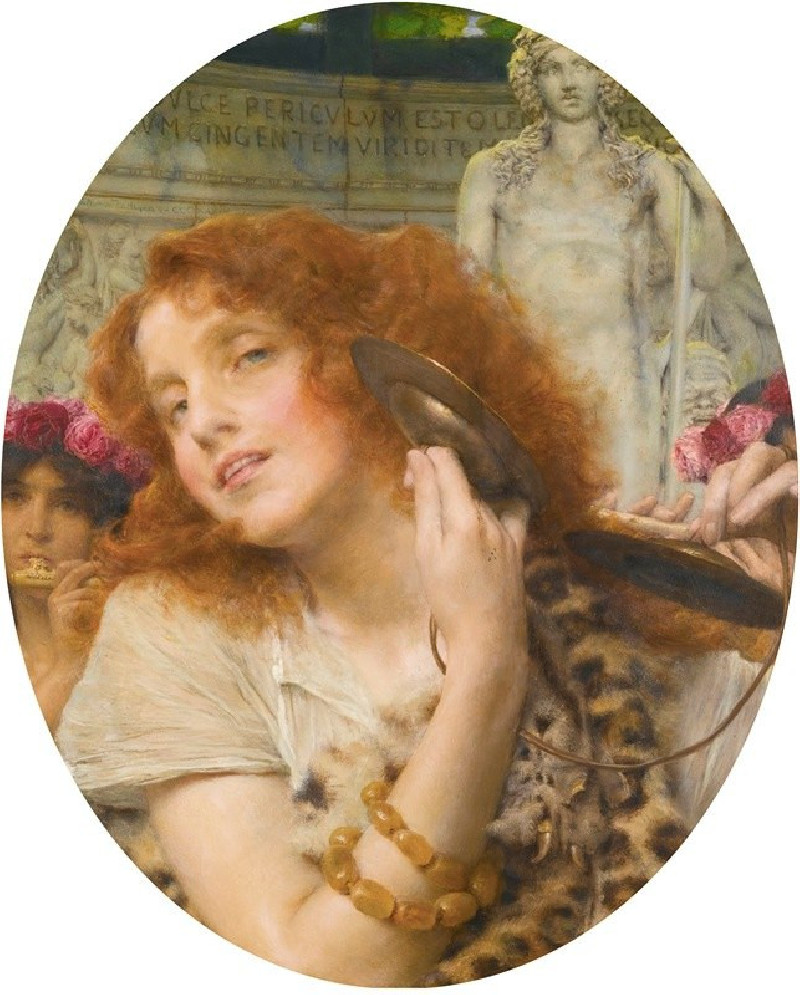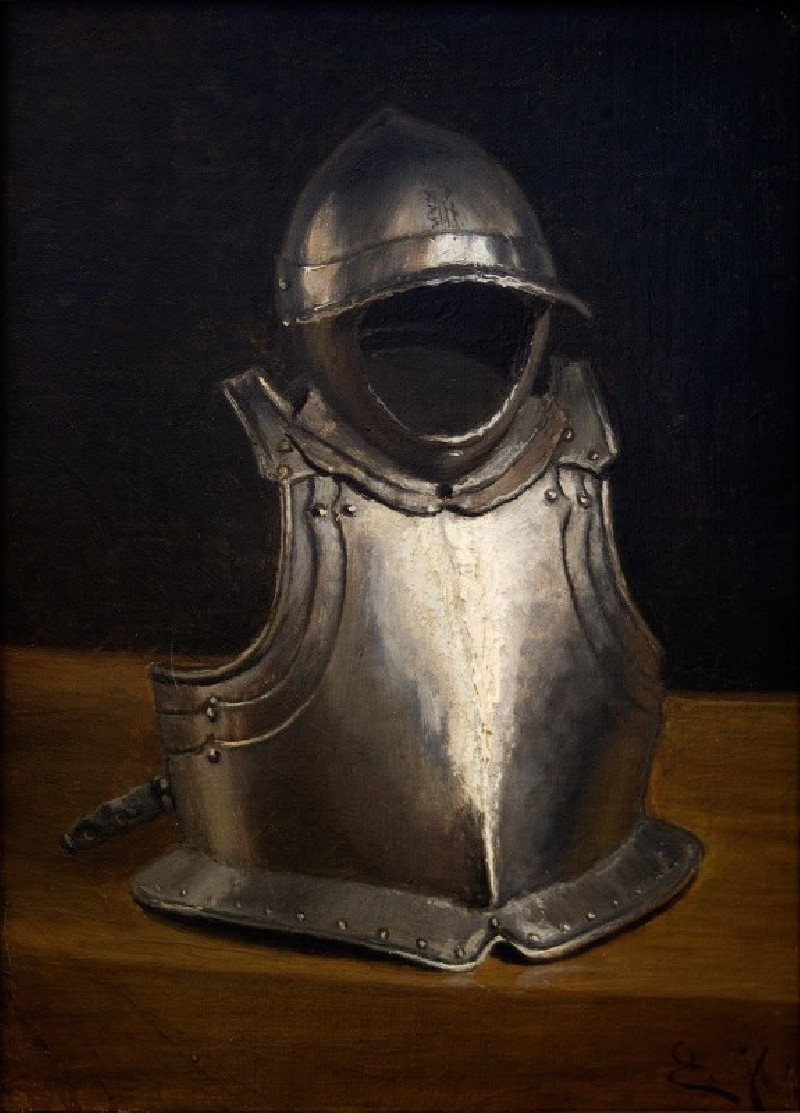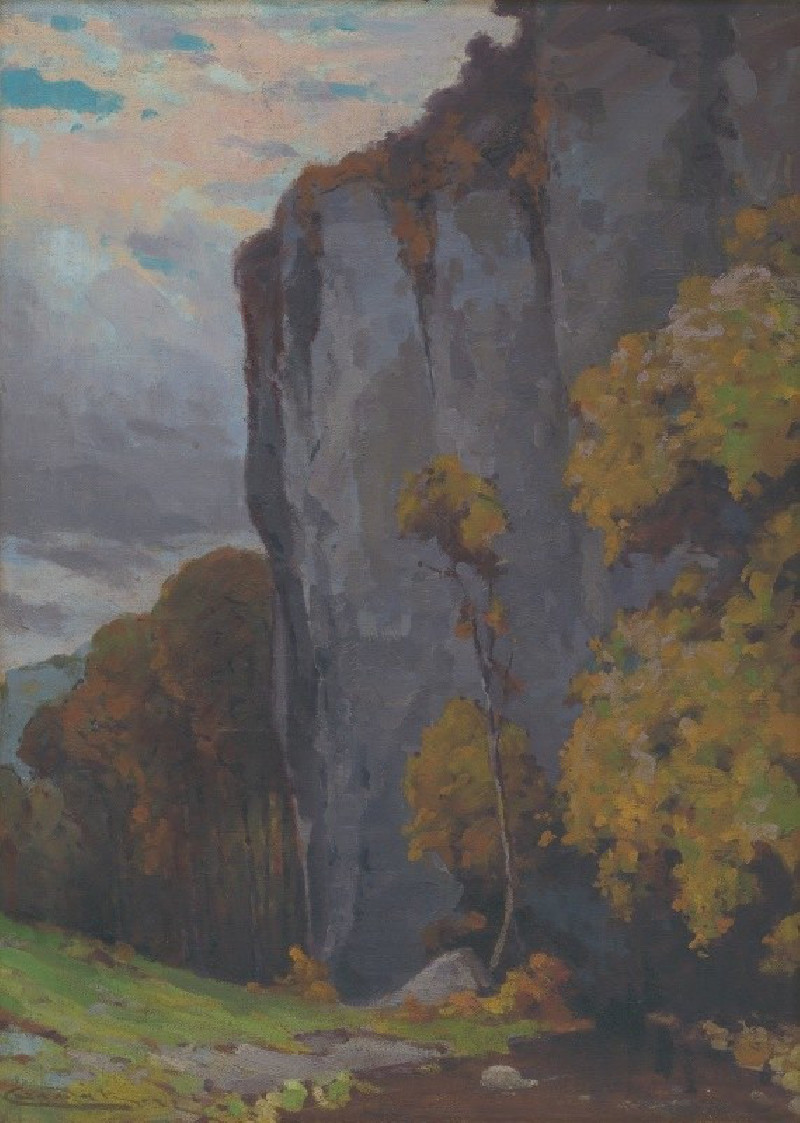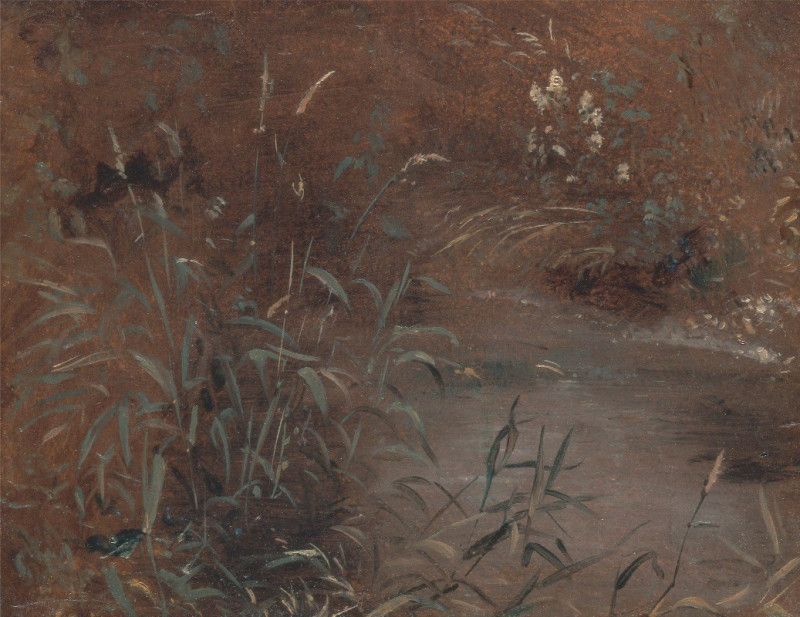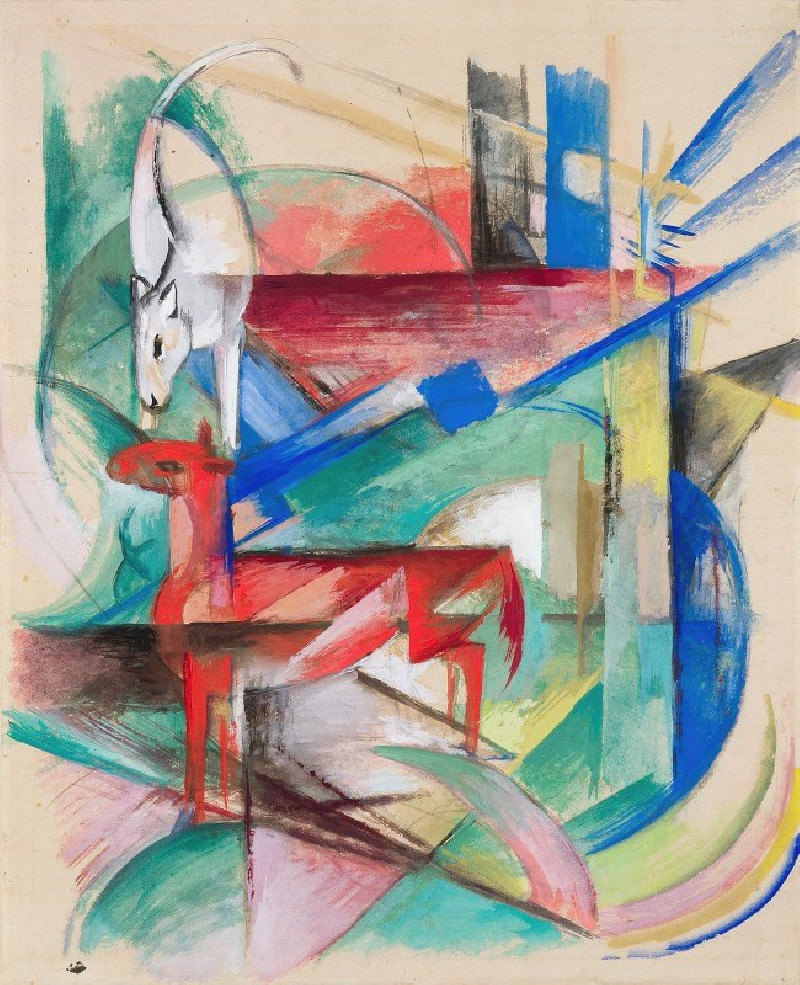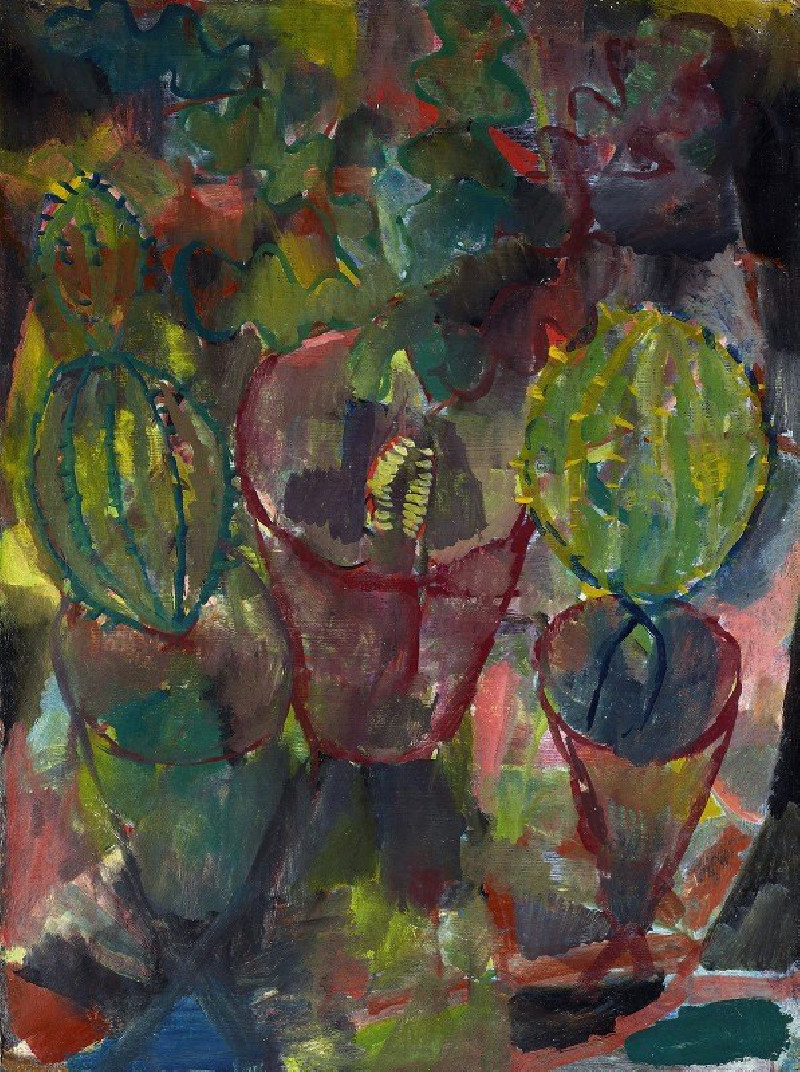Gaze Into Infinity (Head Study)
Technique: Giclée quality print
Recommended by our customers
More about this artwork
Ferdinand Hodler's "Gaze Into Infinity (Head Study)" is a captivating exploration of human expression rendered with bold, expressive strokes. In this painting, the viewer is met with the intense, almost piercing gaze of a figure whose features are depicted in a loose yet impactful style. The use of thick, confident brushwork and a restrained palette highlights the emotional depth and psychological intensity of the subject.Hodler's work often reflects a deep interest in the symbolic and emotional resonance of human faces, and this painting is no exception. The face, tilted slightly upwards as if lost in thought or fixed on a distant point, exudes a sense of introspection and perhaps a hint of melancholy. The rich textures, from the rough strokes forming the hair to the smoother ones shaping the face, convey a profound sense of individuality and a moment captured in time.This artwork, notable for its modern approach and emotional depth, showcases Hodler's unique ability to marry form and content, creating a piece that mesmerizes and engages the viewer.
Delivery
Reproductions are made to order and take 5 to 7 working days.
We send them out by courier and delivery takes another two working days.
If you need a reproduction sooner, please contact us - we can usually find a solution and produce it a little faster.
If you don't want to pay for postage, you can pick up your paintings at our galleries in Kaunas or Vilnius.
Returns
Yes, reproductions can be returned.
If you have any doubts more than 30 days after the date of purchase, please contact us - we will take the reproduction back for a refund or offer you a replacement!
We accept a maximum of two returns per customer - please note that we make reproductions to order, so please choose responsibly.
We do not refund shipping expenses.


